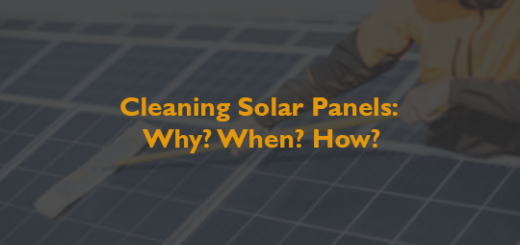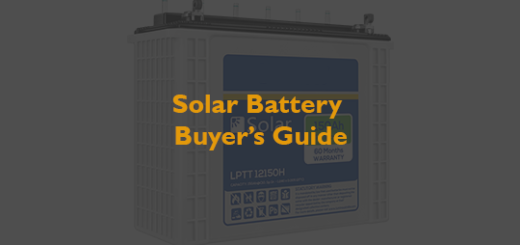How Many Solar Panels Do I Need?

Congratulations! You’re on your way toward a future of clean, sustainable energy. Now you just need to determine what size solar installation will generate enough electricity to meet your home’s energy consumption needs.
In order to figure out what size solar panel system is ideal for you, you must determine how many solar panels you’ll actually need for your roof installation. Here’s how.
How Many Solar Panels Does the Average Home Need?
The average US home will require anywhere from 21 to 34 solar panels to cover 100% of its electricity usage. That’s a minimum of 369 square feet of roof space to hold the solar panels. This calculation comes from the US Energy Information Administration’s average monthly electricity consumption of 877 kilowatt hours (kWh), and estimates that the system is made of 280-watt solar panels.
However, while that range is common for many homes, it’s not necessarily a number you can count on for yours. That’s because there are many factors to consider in the equation, including where you live, the efficiency of the panels you have installed, and how much energy your household consumes.
How Much Solar Power Do You Need?
The easiest way to determine how much energy you’ll need is to find out how much you already use. Take a look at your past utility bills for your average energy consumption. Most bills will show the total kWh of electricity used at the bottom. You’ll want to search for “kilowatt hours (kWh) used” or similar phrasing, as well as the period of time covered (usually a 30-day cycle).
If your bill doesn’t show the amount of kilowatt hours used, you can check for the beginning and ending meter readings — then simply subtract the previous reading from the most recent one. Keep in mind that you’re looking for daily and hourly usage here.
If your bill doesn’t show a daily average, simply divide the monthly or annual average by 30 or 365 days, respectively. Next, divide that number by 24 in order to calculate your average hourly electricity usage. Your answer will be in kilowatt hours (kWh).
Once you’ve got that number, you’re almost there. Ready to calculate how many solar panels you’ll need? Just multiply your home’s hourly energy requirement by the peak sunlight hours for your area (we discuss this further below). Finally, divide that by a panel’s wattage. You’ll want to use a low-wattage (150W) and high-wattage (370W) estimate in order to establish a range. If you have any questions here, talking to a solar expert will help you get a clearer idea of what to expect.
How Many Hours of Sunlight Does Your Area Receive?
Solar panels thrive on sunlight, which is why a home in rainy Seattle versus one in sunny Austin will have very different solar needs.
Determining how many solar panels you need requires knowing how many peak sun hours your area receives. Peak sun hours doesn’t just refer to the number of hours between sunrise and sunset. Instead, it refers to the hours when sunlight is most powerful and when your solar panels will be the most productive. Specifically, this means each hour that the sun’s intensity reaches an average of 1,000 watts per square meter.
The more peak sun hours you have, the more a solar installation can generate. That’s why a home in Austin, Texas, can get by with a smaller solar installation than one in Seattle, Washington, to generate the same amount of energy.
Even if you live in a region that receives ample sunlight, the direction your roof faces, as well as your shade levels, also affect how much sunlight you receive — and therefore the number of solar panels you need. A certified solar installer will be able to help you calculate these factors.
What Affects Solar Output Efficiency?
Although different brands of solar panels may look alike, their performance and efficiency levels vary. The quality of panel you choose will also affect the amount of solar panels your rooftop will require.
Solar panels are available in wattages ranging from 150 to 370 kWh per panel. The wattage amount depends on the size of the panel, as well as how efficient each type/brand of panel is at generating electricity, which is largely determined by their cell technology.
For example, unlike most conventional panels, cells lack grid lines. This gives them the ability to absorb more sunlight than other cells. They’re also more durable, holding up well to corrosion and cracking, where others don’t. While traditional solar panels generate roughly 250 watts per panel, solar panels produce 370 kWh per panel — and are well known as the most efficient panel on the US market.
Therefore, the more efficient your panels are, the more wattage they can produce, and the fewer you will need on your roof to get the same energy output. Talk to your solar contractor about which you’ll need.



